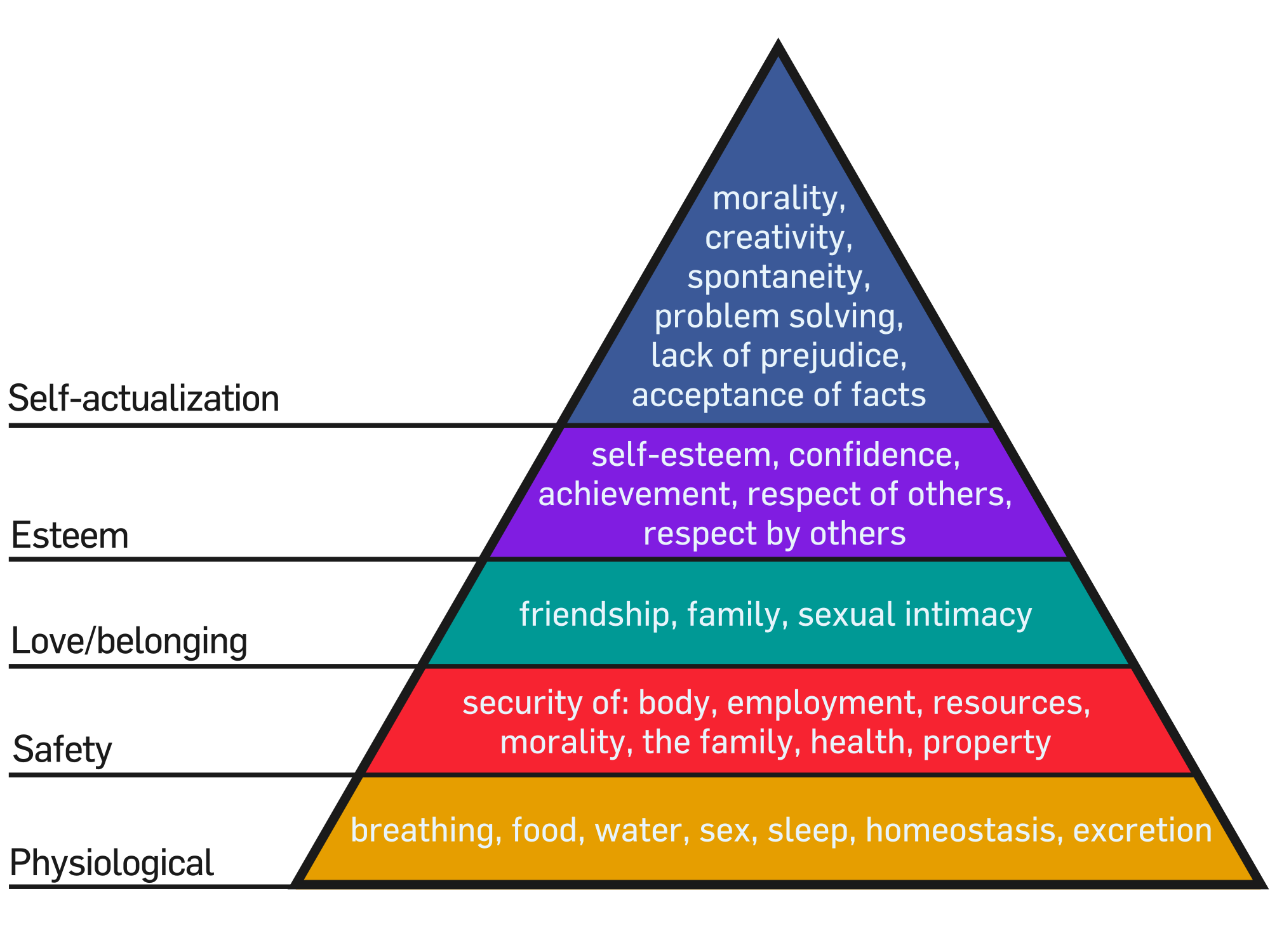Woodbury - 10 miles to downtown St. Paul, 20 miles to Minneapolis
Vaterstetten - 12 miles to downtown Munich (the scales on these two maps are the same)
The colors show transit ways: freeways and major roadways in Woodbury, and in Vaterstetten the green is the train and yellow is the only "major" roadway (the Autobahn is in the upper left corner). Every home on the Vaterstetten map is a walkable or bikeable distance from an S-Bahn (train) station, which is a 20-minute ride into downtown Munich. The suburb of Woodbury was built around automobiles - any one of the houses is likely only accessible by car, a 25-minute drive to downtown Minneapolis without traffic.
_____________________
Munich - darker lines show S-Bahn and U-Bahn (subway) routes, situated like spokes on a bicycle wheel to support sustainable growth and development along corridors
Twin Cities - two new light rail systems travel between downtown Minneapolis and St. Paul (2014) and from Minneapolis to the MSP International Airport and Mall of America (2004). The last ~50 years of growth and development that took place in the Twin Cities and Region was planned around the car versus a mass transit system, in the fashion of laying separate blankets (individual cities) of sparse residential areas next to each other.



































